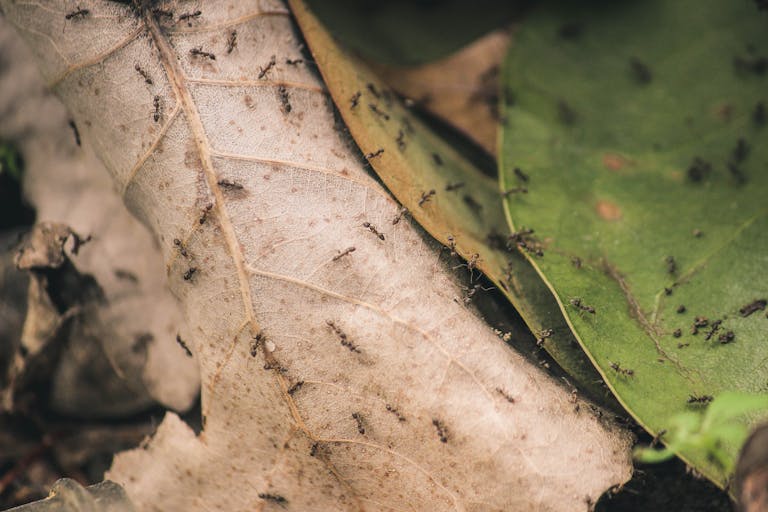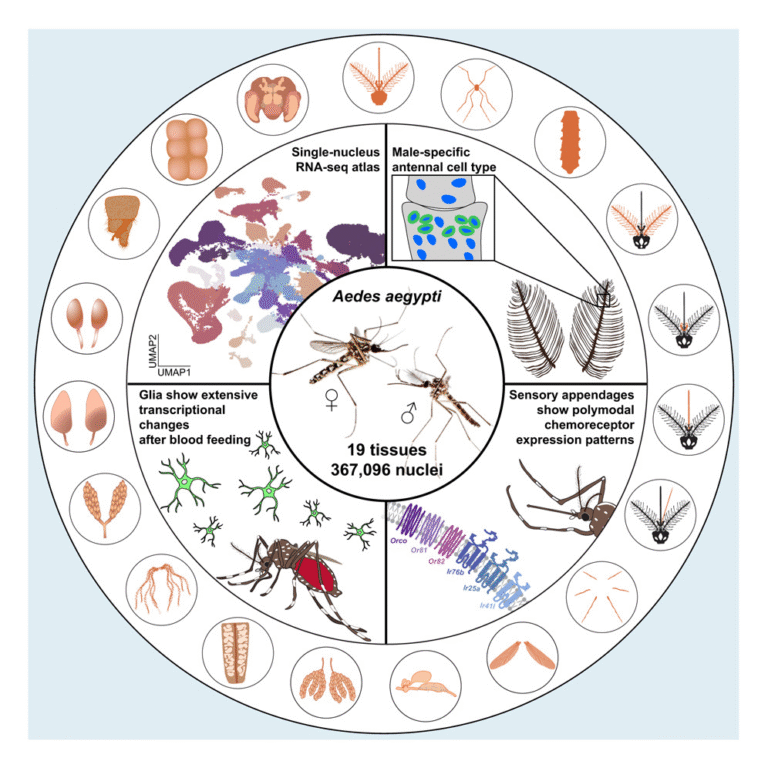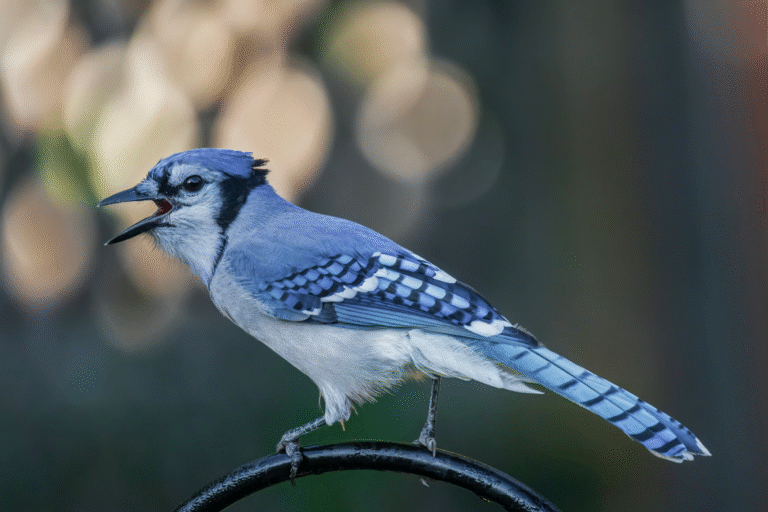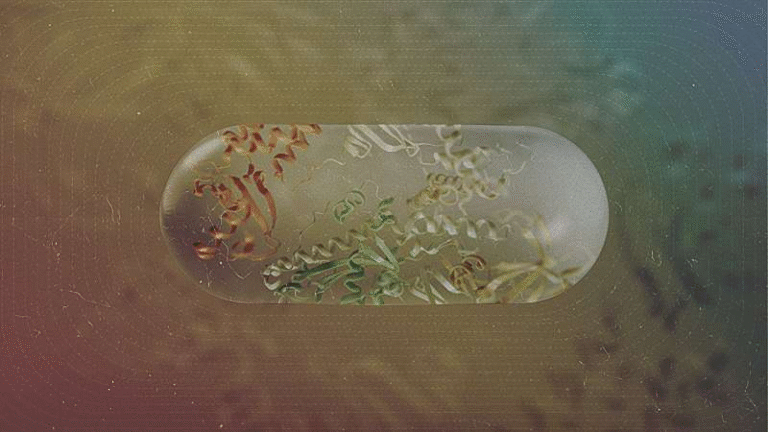Mapping the Deadliest Waters: How Scientists Identified Sea Turtle Boat-Strike Hotspots Along U.S. Coasts
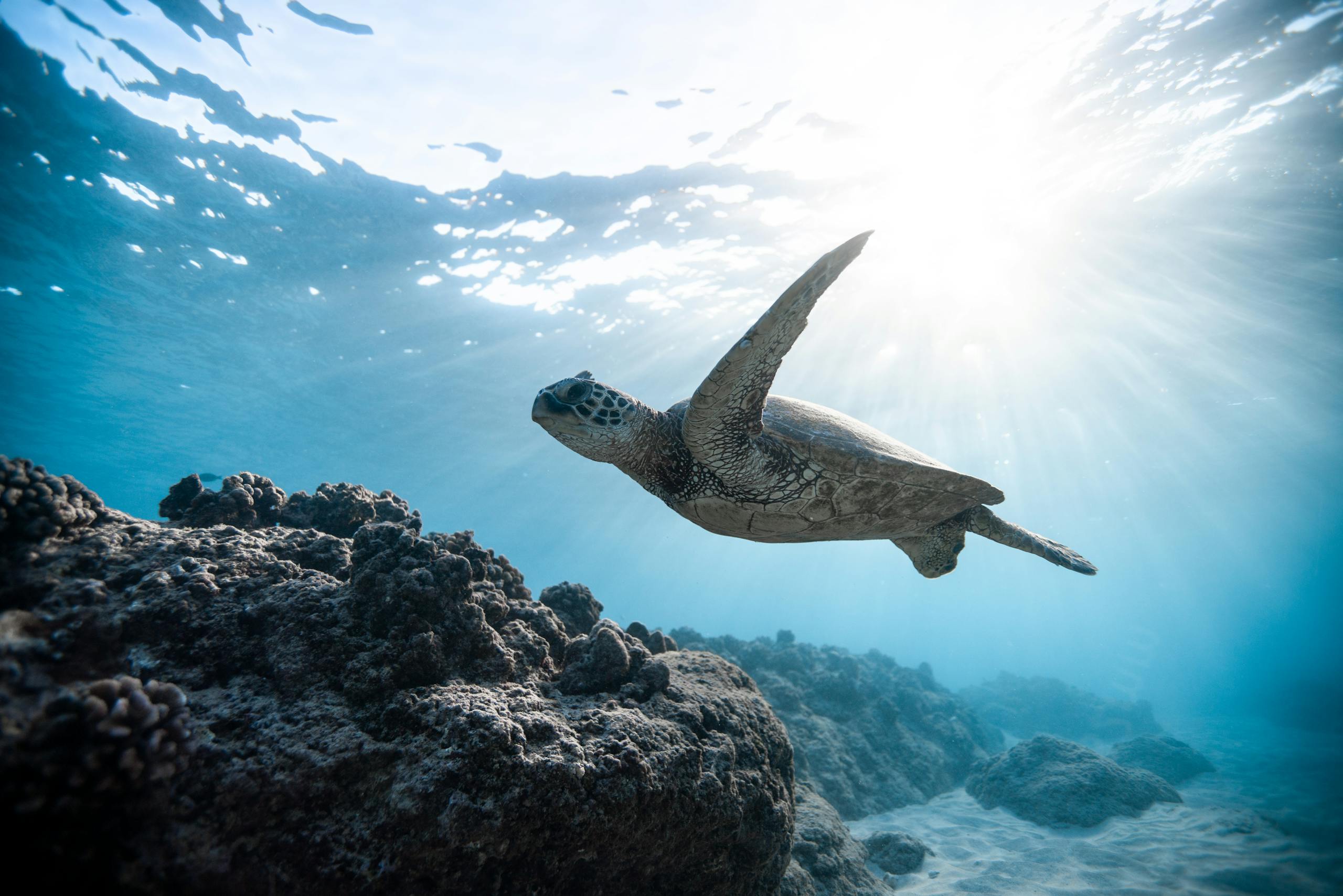
A new study led by Florida State University marine biologist Mariana Fuentes has pinpointed the regions along the U.S. Atlantic and Gulf coasts where sea turtles face the highest risk of being struck and killed by boats. This research, published in Biological Conservation, is a major step forward for conservationists trying to protect these ancient mariners from one of the deadliest human threats in their environment — vessel strikes.
Understanding the Scale of the Problem
The research team examined data from 2010 to 2022, using records from the U.S. Sea Turtle Stranding and Salvage Network (STSSN) and other wildlife agencies. Over that 12-year period, they found that 25% of all stranded sea turtles along these coasts were victims of vessel-strike injuries — a startling statistic that highlights how widespread and severe the problem really is.
Even more alarming, the study revealed that nearly all of these turtles died as a direct result of their injuries, debunking earlier assumptions that many sea turtles might survive collisions and later wash ashore. In other words, when a turtle is hit by a boat, it almost never survives.
The findings cover four federally protected species that regularly nest and forage along the U.S. Atlantic and Gulf coasts:
- Loggerhead sea turtles (Caretta caretta)
- Green sea turtles (Chelonia mydas)
- Kemp’s ridley sea turtles (Lepidochelys kempii)
- Leatherback sea turtles (Dermochelys coriacea)
Each species faces its own unique challenges, but vessel collisions have emerged as a shared and deadly threat across them all.
Where the Risk Is Highest
Fuentes and her team mapped out specific hotspots — places where turtle strandings caused by boat strikes cluster together — and found some striking regional patterns.
- Florida and Texas had the highest rates of strikes on green sea turtles, as well as numerous cases involving loggerhead turtles.
- Kemp’s ridley turtles, the smallest and one of the rarest species, were mostly struck in Florida, but clusters of deaths were also observed in Virginia, Georgia, and Mississippi.
- Leatherback turtles, the world’s largest sea turtles and highly migratory by nature, were mostly found stranded in Massachusetts, especially in the Cape Cod and Islands region.
In fact, for leatherbacks alone, 337 vessel-strike deaths were recorded between 2010 and 2022, and 88 of those occurred just around Barnstable and Dukes counties, home to the Cape and Islands area. This concentration makes the region one of the most dangerous places in the United States for these massive ocean wanderers.
These detailed spatial analyses are exactly what conservation managers need. By knowing where the problem is worst, agencies can take targeted action, such as implementing boating speed limits, improving public awareness, or restricting traffic during critical nesting or foraging seasons.
Why This Research Matters
Boat strikes aren’t a new problem — but until now, researchers lacked a comprehensive, data-driven map of where and how often they occur along these coastlines. Fuentes’ work provides that missing piece.
The study doesn’t just count dead turtles; it connects those numbers to real-world conservation decisions. For instance, identifying that green turtles are most at risk in Florida could lead to local boating guidelines near seagrass beds, where these turtles spend much of their time grazing. Similarly, knowing that leatherbacks are being killed in Massachusetts can help shape seasonal restrictions in known migration corridors.
The research also highlights a critical truth: boat collisions are entirely human-caused. As coastal development expands, boat traffic increases, and recreational activity grows, turtles are encountering more and more vessels. The tragedy is that these deaths are preventable — if humans change behavior.
The Bigger Picture: How Sea Turtles Keep Oceans Healthy
Sea turtles aren’t just victims of human activity — they’re vital engineers of marine ecosystems. Each species plays a specific role in keeping the ocean balanced.
- Green turtles graze on seagrass meadows, preventing overgrowth and maintaining healthy habitats for fish and invertebrates.
- Leatherbacks feed on jellyfish, helping control their populations. Without leatherbacks, jellyfish could multiply rapidly, which can disrupt fish populations and harm tourism and fisheries.
- Loggerheads help cycle nutrients by crushing shellfish and redistributing calcium through the food web.
- When turtles nest, their eggs and eggshells enrich coastal ecosystems, providing essential nutrients for dune vegetation.
Losing sea turtles would mean losing these ecological services — a ripple effect that would harm marine biodiversity far beyond the turtles themselves.
A Call to Action for Conservation
One of the study’s co-authors, Allen Foley from Florida’s Fish and Wildlife Research Institute (FWRI), emphasized that vessel strikes are already the leading known cause of sea turtle deaths in Florida, and likely in other states as well.
The FWRI’s mission includes identifying and understanding human-related mortality causes — from boating and fishing to coastal development and pollution. Foley’s insights underline how human activities and behaviors are often the root cause of species decline, and adjusting those behaviors can have tremendous conservation benefits.
Fuentes’ research aims to make those adjustments possible by providing evidence-based guidance. Her team’s maps of high-risk areas give local governments, wildlife agencies, and advocacy groups a practical way to focus limited resources where they’ll have the most impact.
The Link Between Boat Strikes and Climate Change
Interestingly, this research aligns with Fuentes’ other recent work — a Global Sea Turtle Climate Vulnerability Assessment, published in Ecological Indicators. That study looked at how turtles are affected by changing climate conditions across the world.
According to that global assessment, sea turtles are particularly vulnerable to sea-level rise, extreme temperatures (both heatwaves and cold snaps), ocean acidification, and declining dissolved oxygen levels caused by warming waters. These stressors influence everything from their nesting success to migration patterns.
Together, both studies paint a sobering picture: sea turtles are being squeezed from all sides — by climate change, habitat loss, fishing, pollution, and now, heavily by boats. Protecting them will require coordinated efforts that address each of these overlapping threats.
Why This Matters for Everyone
You don’t have to be a marine biologist to care about sea turtles. Their survival is deeply tied to the health of our oceans, which in turn affects weather, fisheries, and even global carbon cycles. Healthy turtle populations mean healthier seagrass meadows, which store carbon and support fish species we depend on.
When we speed through shallow waters or expand marinas without planning, we’re not just endangering turtles — we’re disrupting the entire marine ecosystem that supports us.
Simple changes can help:
- Following boating speed limits in turtle zones.
- Avoiding anchoring in seagrass areas.
- Supporting marine conservation programs and eco-friendly boating initiatives.
- Reporting injured or stranded turtles to local wildlife authorities.
Conservation isn’t just about sympathy for animals — it’s about ensuring the long-term health of the natural systems that sustain life on this planet.
The Takeaway
The study by Fuentes and her colleagues isn’t just another academic paper — it’s a practical roadmap for saving endangered sea turtles. By mapping the areas where turtles are most likely to be hit by boats, it gives scientists, policymakers, and communities a tool to take meaningful, targeted action.
Sea turtles have been around for over 100 million years, surviving mass extinctions that wiped out dinosaurs. Yet now, they face their gravest danger from something that didn’t exist until recently — human-made vessels moving too fast in the wrong places.
Understanding where and why these deaths happen gives us a real chance to turn things around. And if we can protect sea turtles — creatures that traverse oceans and connect ecosystems across continents — we can protect far more than just one species.
